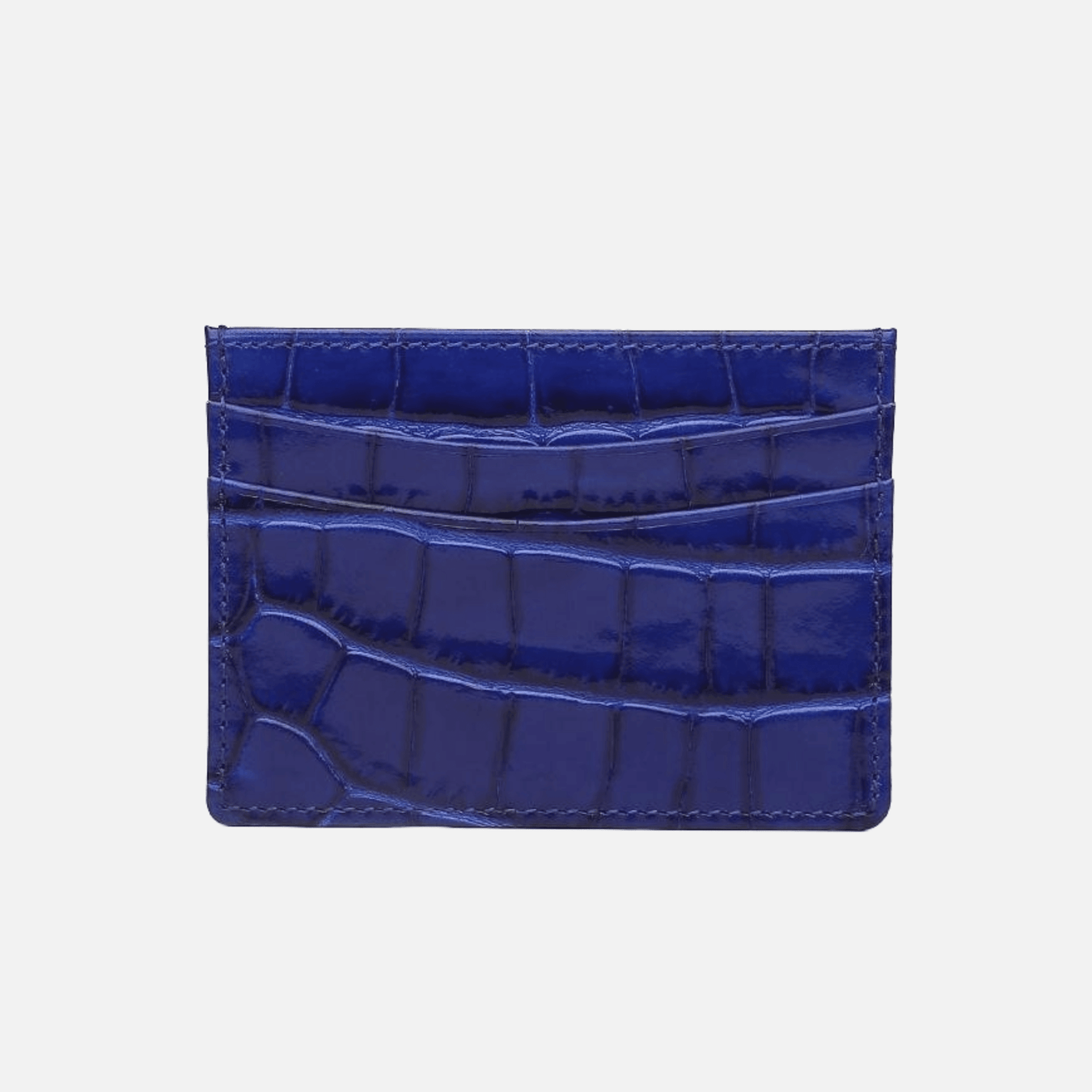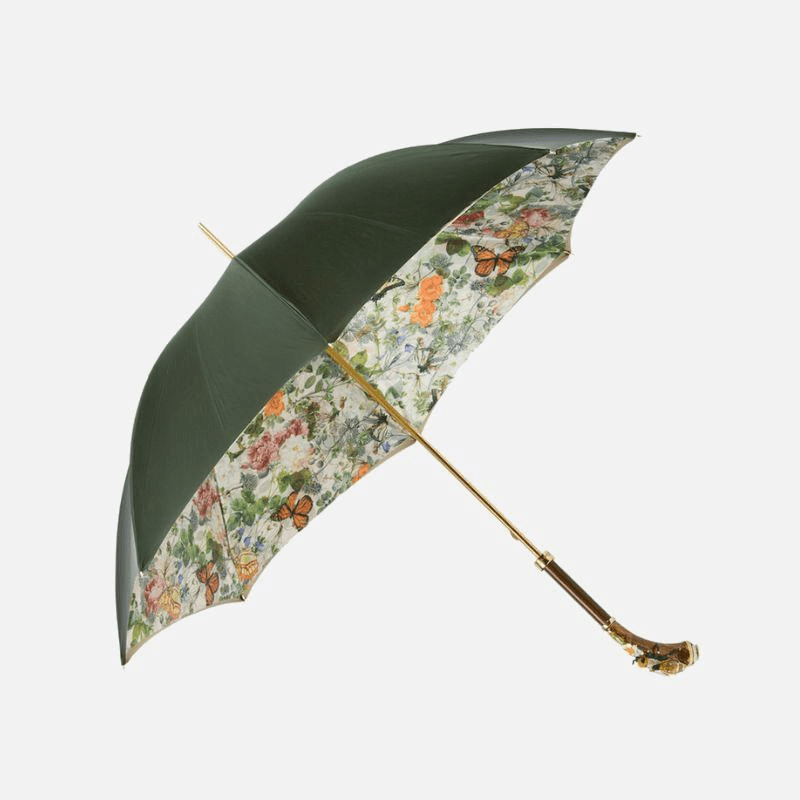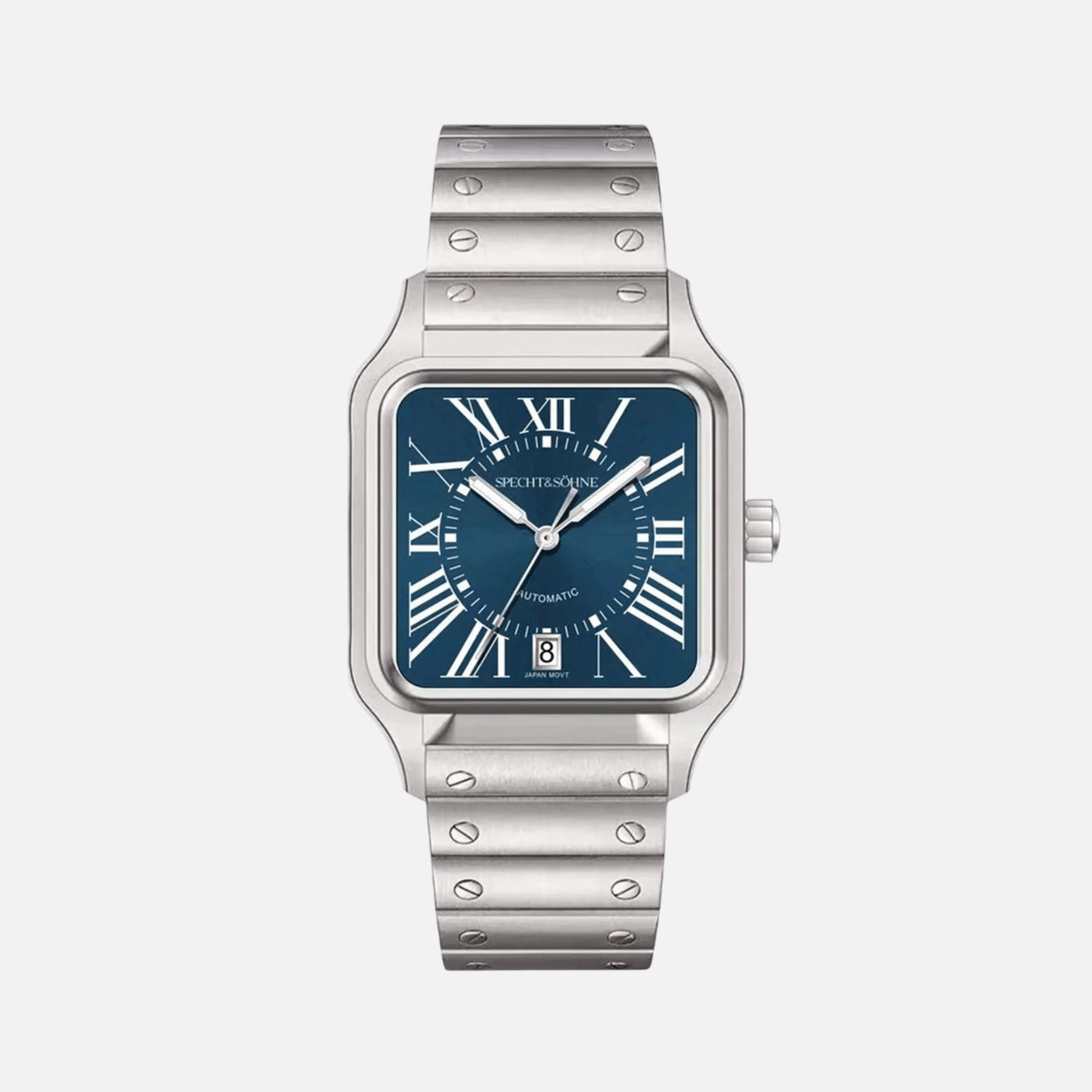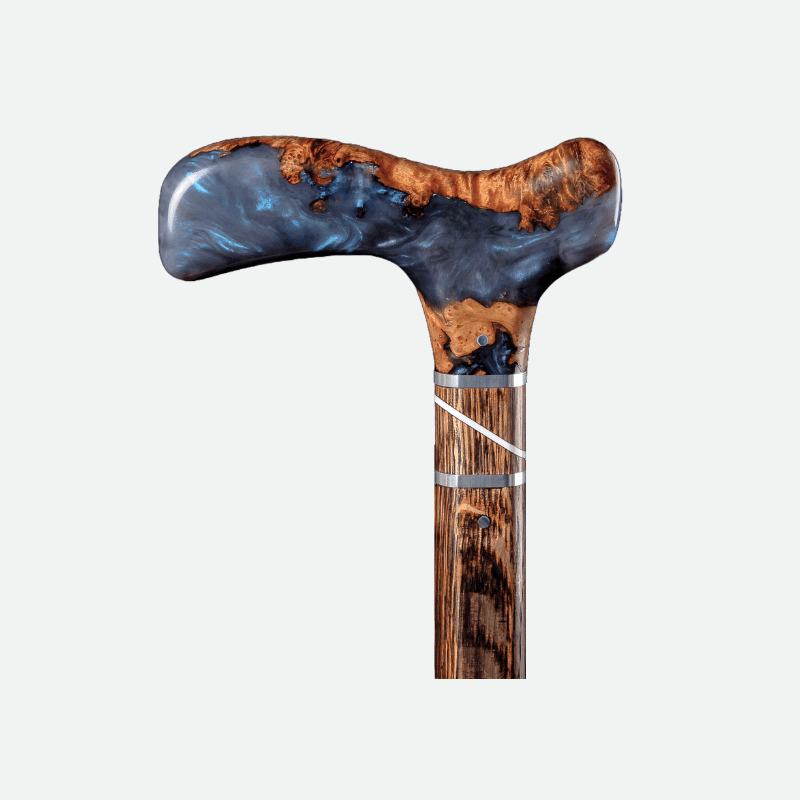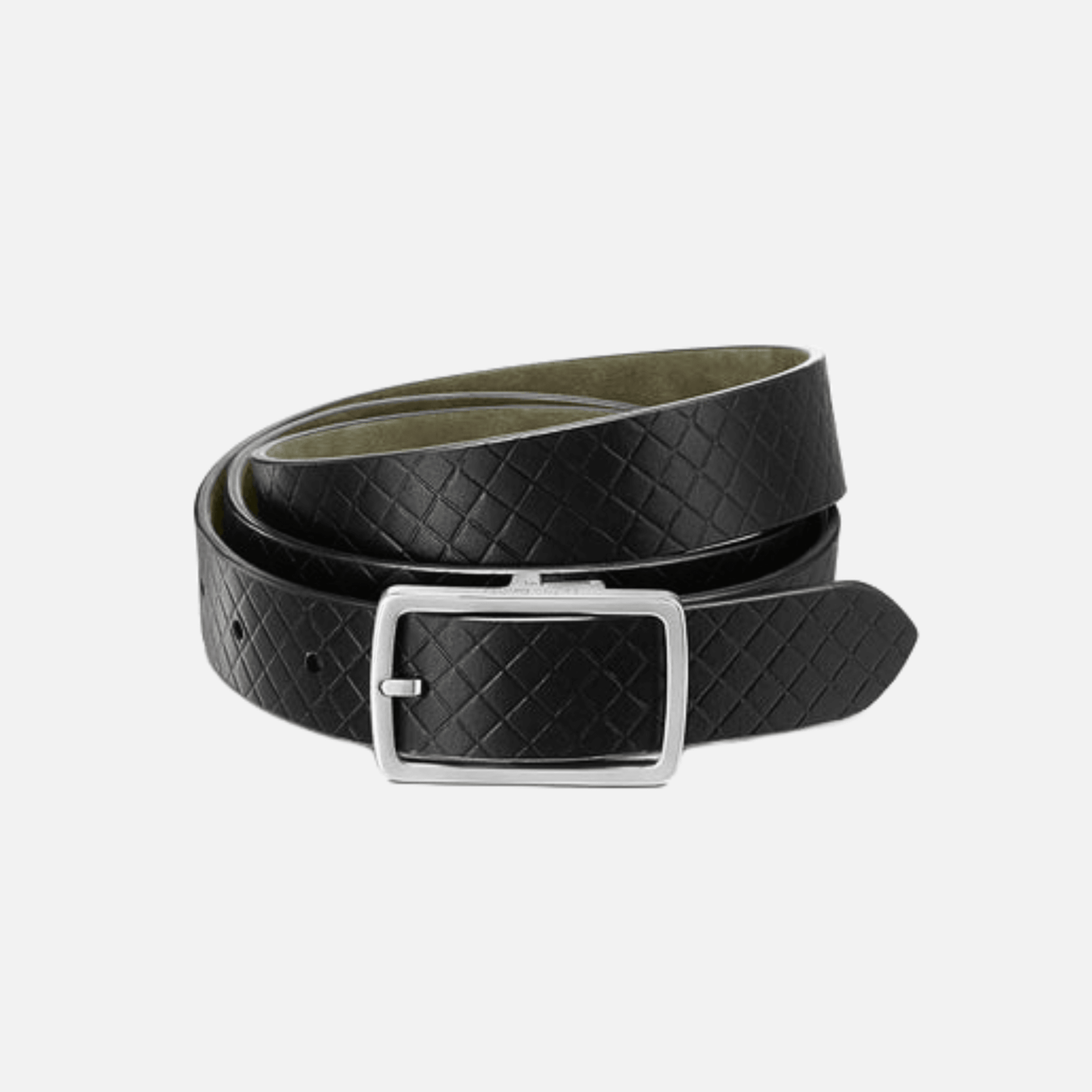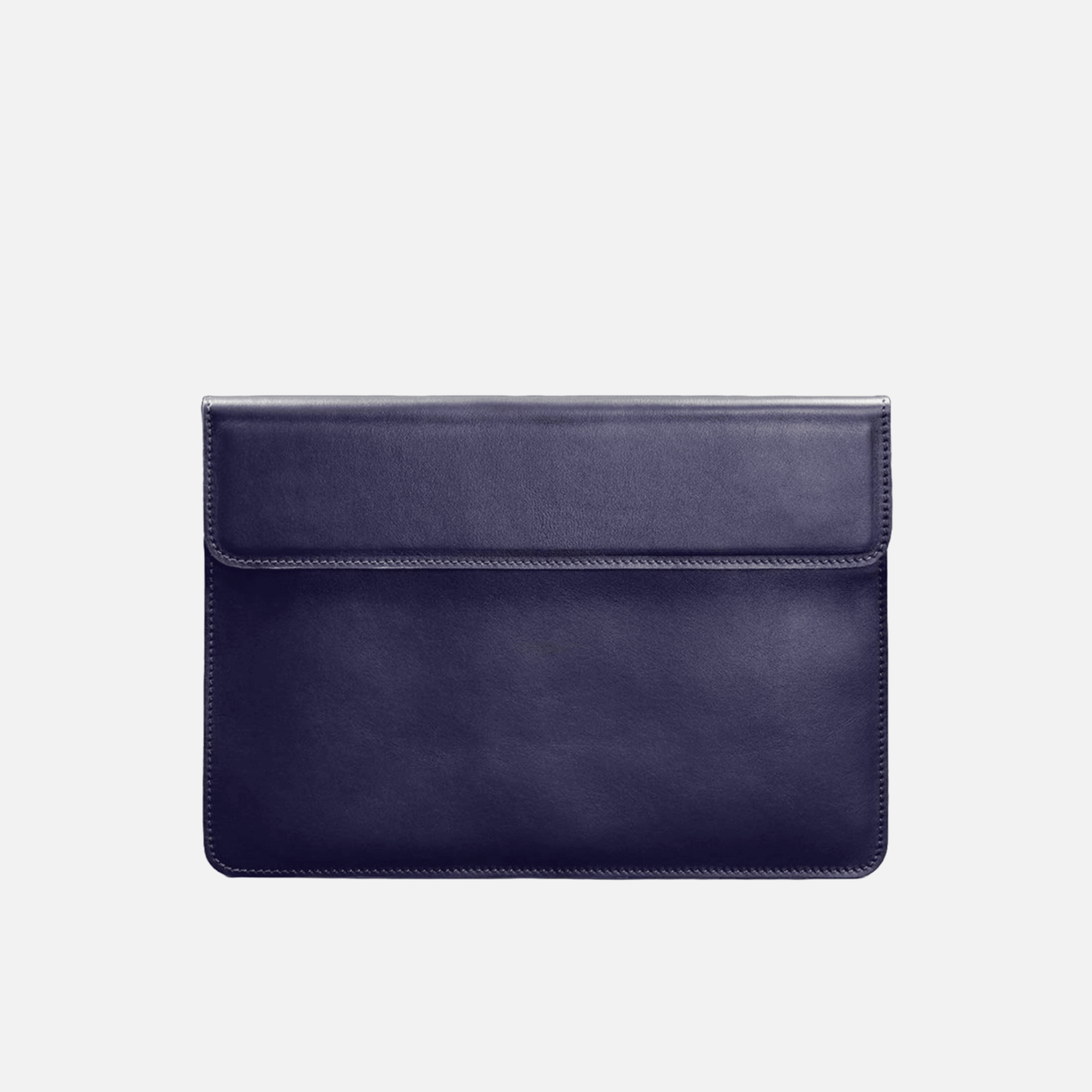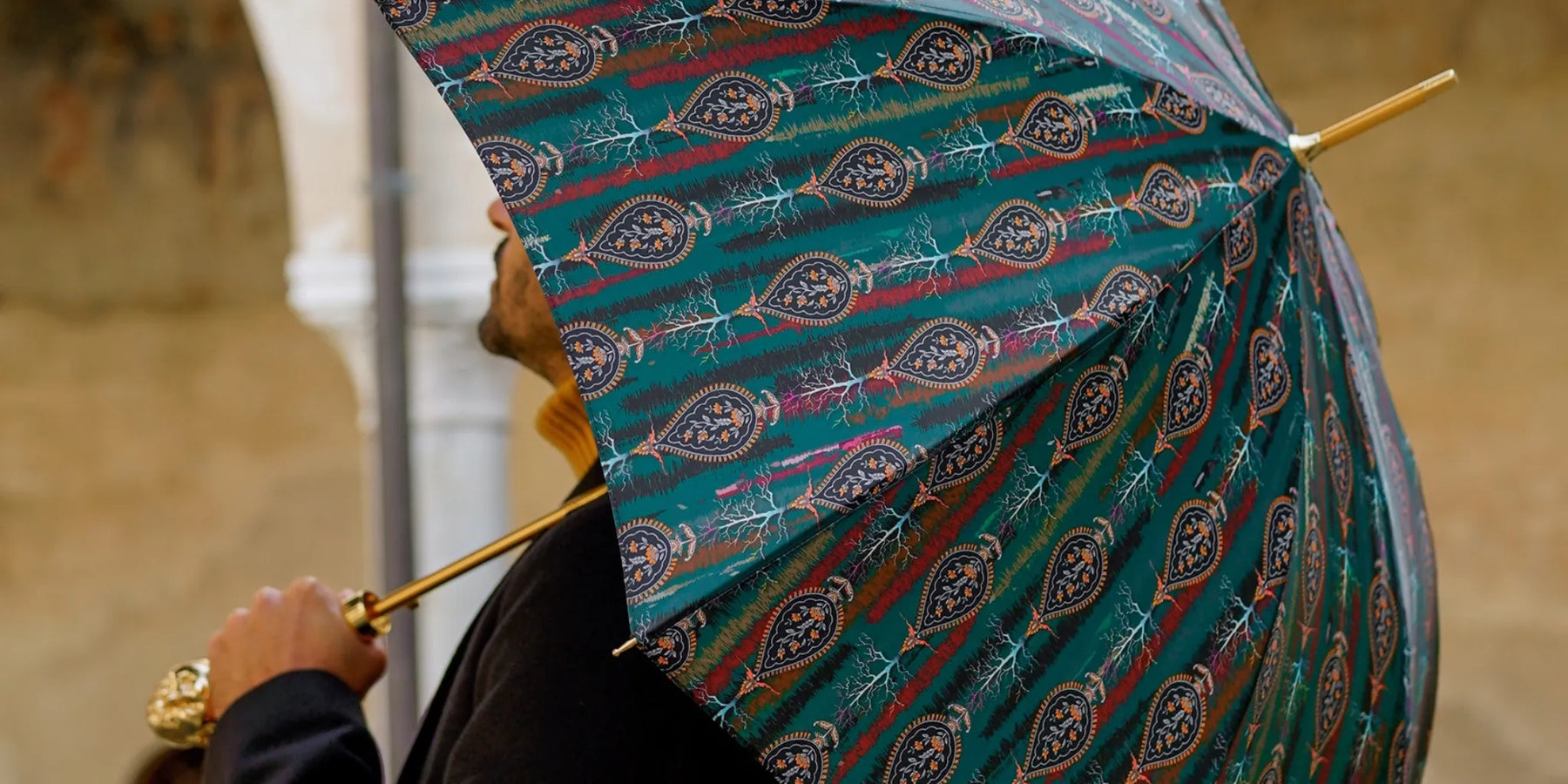
Choosing a High-Quality Everyday Umbrella: A Guide to Style and Durability
An umbrella is more than just a tool for staying dry—it’s an accessory that can complement your style while providing essential protection from the elements. However, not all umbrellas are created equal. A high-quality everyday umbrella offers durability, elegance, and ease of use. This guide will help you choose the perfect umbrella that blends practicality with style.
Choosing a High-Quality Everyday Umbrella: A Guide to Style and Durability
1. Why Invest in a High-Quality Umbrella?
Cheap umbrellas may be tempting, but they often come with a host of problems: flimsy frames, weak canopies, and awkward mechanisms that can fail at the worst moments. On the other hand, a well-made umbrella is built to withstand wind, rain, and wear while enhancing your overall look.
Key Benefits of a High-Quality Umbrella:
- Durability: Premium materials ensure that the umbrella can endure heavy rain and strong winds without breaking.
- Smooth Operation: Quality mechanisms make opening and closing effortless.
- Aesthetic Appeal: With refined design and finishes, a high-quality umbrella becomes a stylish accessory.
- Long-Term Value: Though initially more expensive, a durable umbrella reduces the need for frequent replacements.
2. Frame and Ribs: The Backbone of Your Umbrella
The strength of an umbrella largely depends on its frame and ribs. These components keep the canopy in place and resist wind pressure.
What to Look For:
-
Material:
- Fiberglass: Lightweight, flexible, and highly resistant to wind damage.
- Steel: Strong but heavier, suitable for classic umbrellas.
- Aluminum: Lightweight but less durable in high winds.
- Rib Count: More ribs generally provide better canopy support and wind resistance. Look for umbrellas with 8 to 10 ribs for optimal performance.

3. Canopy Material: Waterproof and Windproof Protection
The canopy is your primary shield from rain, so it’s essential to choose a high-quality fabric.
Popular Canopy Materials:
- Polyester: A common and reliable option, often treated with water-repellent coatings.
- Pongee Fabric: A high-grade polyester blend known for its softness, durability, and quick-drying properties.
- Nylon: Offers excellent water resistance but can fade or weaken with prolonged sun exposure.
- Double Canopy Design: For added wind resistance, some high-end umbrellas feature a double-layered canopy with vents to allow wind to pass through without inverting.
4. Handle: Comfort and Elegance in Every Grip
The handle plays a significant role in both the comfort and style of your umbrella.
Handle Types:
- Wooden Handles: Classic and elegant, often found on luxury umbrellas. Look for polished or varnished finishes for durability.
- Rubberized Handles: Offer excellent grip, especially in wet conditions.
- Ergonomic Designs: Contoured handles provide better comfort for long-term use.
- Exclusive Designs: Some luxury umbrellas feature handles made from exotic woods, leather wraps, or even metal accents for added sophistication.
5. Mechanism: Automatic or Manual Operation?
Umbrellas can be opened and closed manually or with the push of a button. Your choice depends on personal preference and convenience.
Types of Mechanisms:
- Automatic Open and Close: Perfect for one-handed use, offering quick deployment during sudden rain.
- Manual: Often found in classic umbrellas, these mechanisms are simple and reliable.
- Double Automatic (Auto Open/Close): Ideal for everyday use, combining ease of operation with a sleek design.

6. Size and Portability: Finding the Right Balance
Everyday umbrellas come in various sizes, from compact foldable models to full-length designs.
Compact vs. Full-Size Umbrellas:
-
Compact Umbrellas:
- Easy to carry in a bag or briefcase.
- Ideal for those who commute or travel frequently.
-
Full-Size Umbrellas:
- Provide better coverage and are more durable in harsh weather.
- Suitable for those who prioritize protection over portability.
- Canopy Size: Ensure the canopy is wide enough to cover both you and your belongings comfortably. A diameter of around 40 inches is generally sufficient for personal use.
7. Style: Make a Statement
While functionality is crucial, style shouldn’t be overlooked. A high-quality umbrella can be an extension of your personal taste.
Choosing a Stylish Umbrella:
- Classic Colors: Black, navy, and gray are timeless and versatile.
- Bold Colors: Make a statement with red, green, or yellow for a touch of flair on dreary days.
- Patterns: Stripes, plaids, and floral prints can add personality while maintaining elegance.
- Leather Accents: Some luxury umbrellas feature leather-wrapped handles or leather trims for a sophisticated look.
- Customizable Options: High-end brands often allow customization in terms of canopy color, handle material, and even monogramming.
8. Additional Features to Consider
High-end umbrellas often come with extra features that enhance their usability.
- Windproof Technology: Look for models tested in high winds, often labeled as "stormproof" or "wind-resistant."
- UV Protection: Some umbrellas come with UV-blocking coatings, making them suitable for both rain and shine.
- Carrying Sleeve: A well-designed sleeve helps protect your umbrella and makes it easier to carry.
- Warranty: Many premium umbrella brands offer warranties, ensuring long-term satisfaction.
Conclusion: The Perfect Everyday Umbrella
Choosing a high-quality everyday umbrella requires attention to materials, construction, and style. By investing in a durable and elegant umbrella, you’ll not only stay protected during unexpected downpours but also elevate your overall look. Whether you prefer a classic full-size umbrella or a sleek, compact model, the right choice will keep you covered in both function and fashion.
When it comes to umbrellas, quality is key—because when the rain comes, you deserve nothing less than the best.

